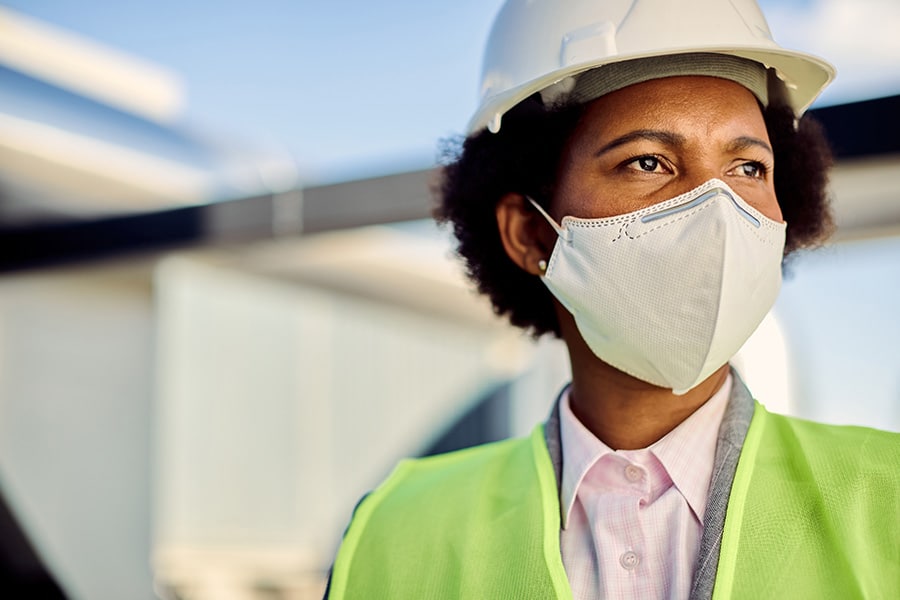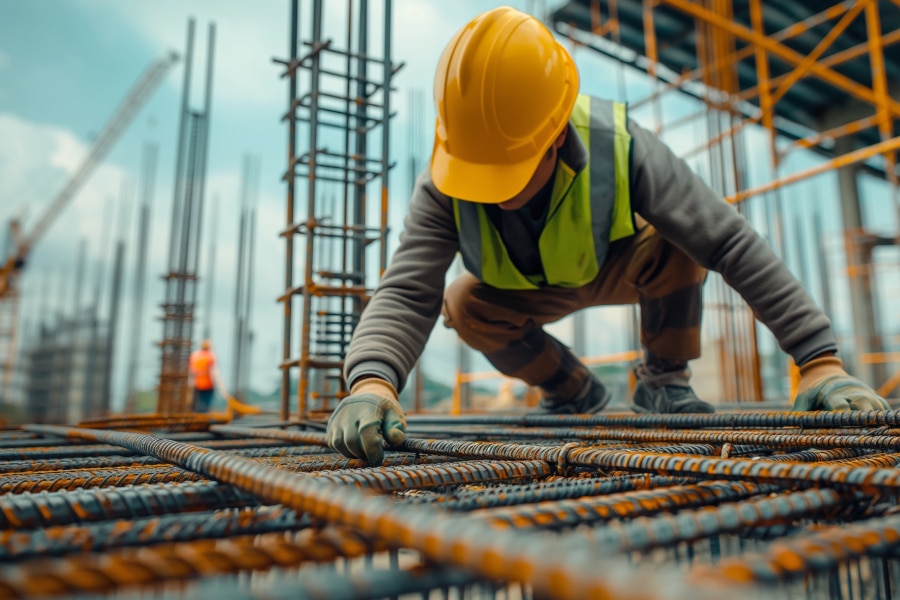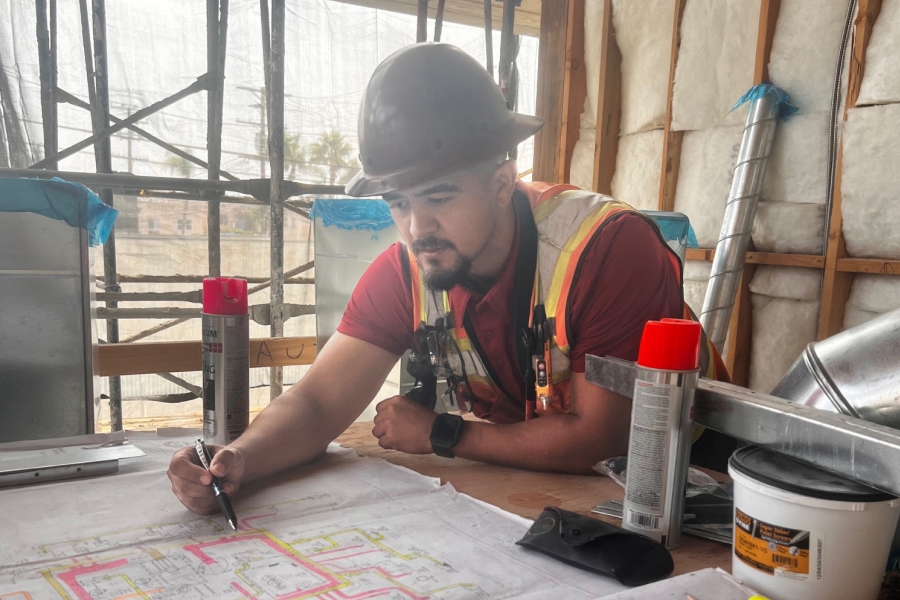March 7th marks the beginning of “Women in Construction” week 2022 in the U.K. Now, some people will say: “Why do we need a ‘Women in Construction’ week? After all, we don’t have a ‘Men in Construction’ week.”
However, these people would be willfully missing the point. They would be ignoring the talent and resources that women can bring to the construction industry, from building site to the boardroom. Because of historic cultural and social attitudes, many of these women have been discouraged from seeking to make their mark in the sector.
That we need a Women in Construction week is in itself a bit of an indictment. But for an industry that has been dominated by men for decades, it can bring positivity to the debate, illustrate the wealth of talent in the sector and help chip away at old attitudes.
Action required
There are signs that more women are considering construction careers and that long-held industry views about women in the sector are changing for the better, albeit slowly. But more needs to happen so those responsible for the built environment better reflect the society it is designed to serve.
Women in Construction Statistics:
According to website Go Construct, more than one-third (37%) of new entrants into the U.K. construction industry from higher education are women, and 14% of construction industry professionals are female.
This is encouraging. But there is still work to be done in turning attitudes around.
A report published by Randstad in 2020 showed that, of 4,200 women working in construction surveyed, nearly three-quarters (72%) had experienced some form of gender discrimination in the workplace in 2019.
That figure compared with 80% in 2018. While clearly a move in the right direction, that such a large proportion of women in construction still experience any discrimination is unacceptable.
Gender pay gap failure
One of the most obvious areas of discrimination is pay. The U.K. government requires companies to reveal the pay differential between male and female employees, and construction falls short, with the country’s leading firms paying women around a third less than their male counterparts.
Then there is the leadership. The vast majority of construction organisations are led by men, although senior female figures are not unheard of.
Names that spring to mind include Lara Poloni, president of consultants AECOM; Suzannah Nichol, head of trade body Build UK; Ann Bentley, global board member of Rider Levett Bucknall; Victoria Hills, CEO of the Royal Town Planning Institute; and Zoe Price, COO of ISG’s U.K. construction operation.
Then consider that two-fifths of respondents to Randstad’s survey said they had never worked for a female manager. Furthermore, 15% of the organisations polled by Randstad said they had never promoted a woman to a senior position.
The evidence suggests that more women want leading roles in the construction industry. A survey for Building magazine carried out by recruitment firm Hays found that almost two-thirds (64%) of women polled aspired to a senior leadership position, compared with just more than half (54%) of men.
Diversity and inclusion make sense
We all know that recognizing—and embracing—diversity and inclusion makes for a better world. It makes for better businesses too. But here, too, attitudes differ. In the Hays/Building survey, 54% of women thought the construction sector was less diverse than others, vs. 39% of men.
Lastly, women—and men—want to achieve success on their own merit. The issue of positive discrimination is contentious, with supporters arguing it levels up the prospects of minorities and those discriminated against in the selection process, while opponents voice concern over “quotas”.
Few doubt that the construction industry needs a more enlightened approach when it comes to recognising the talent in its midst.
The sector is definitely making progress. But the hard work of ensuring that it attracts and retains people who reflect the society we live in goes on.











